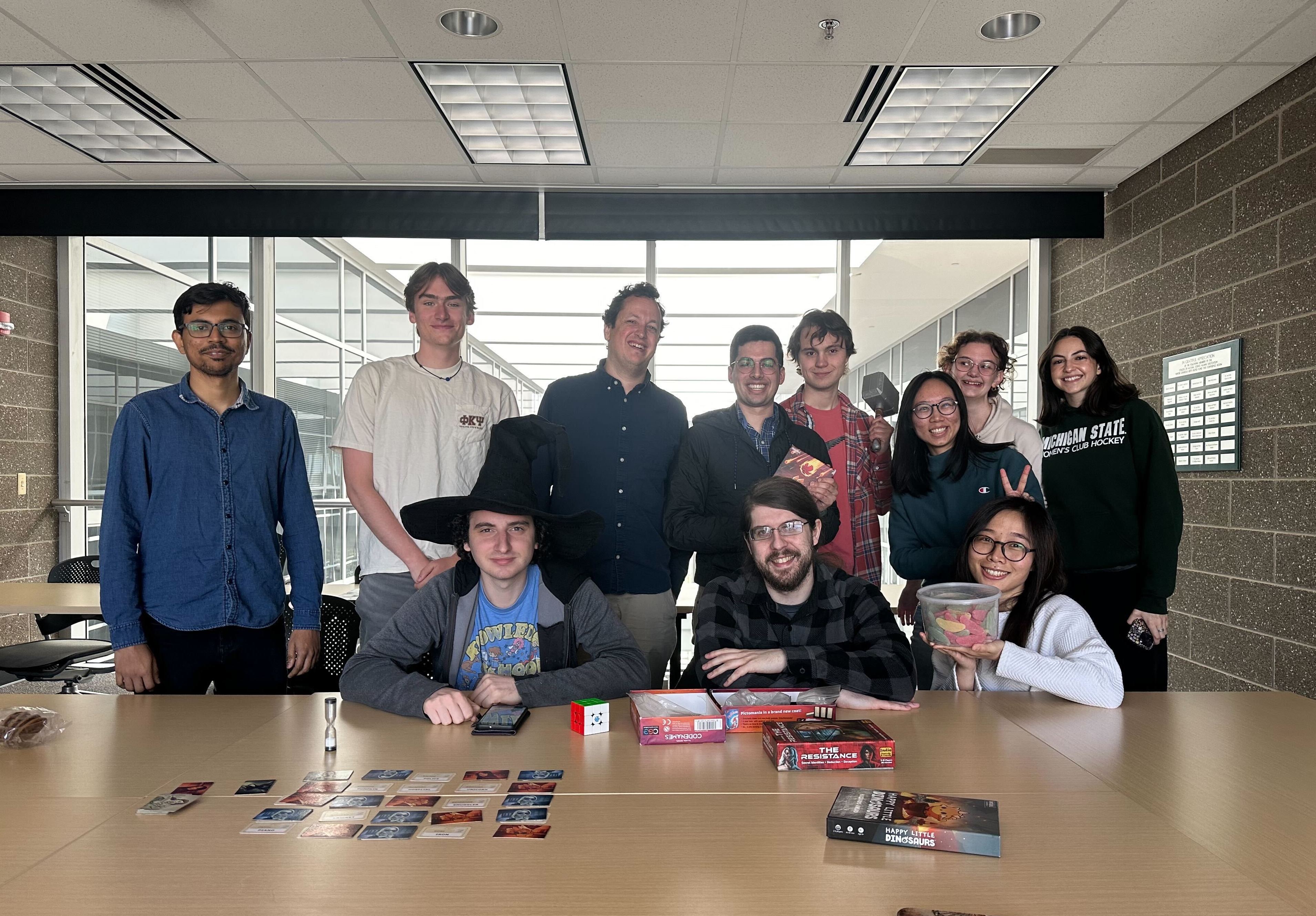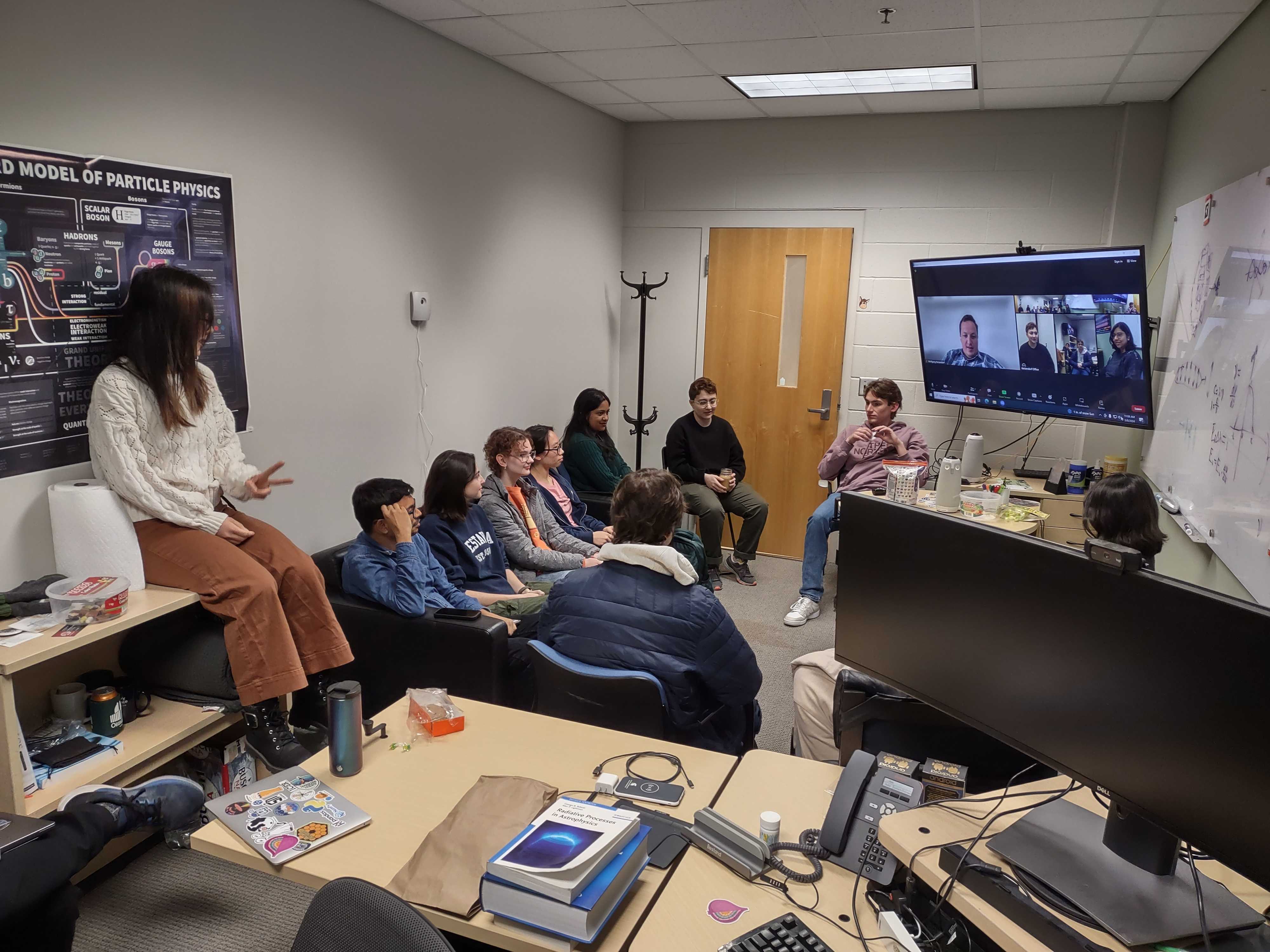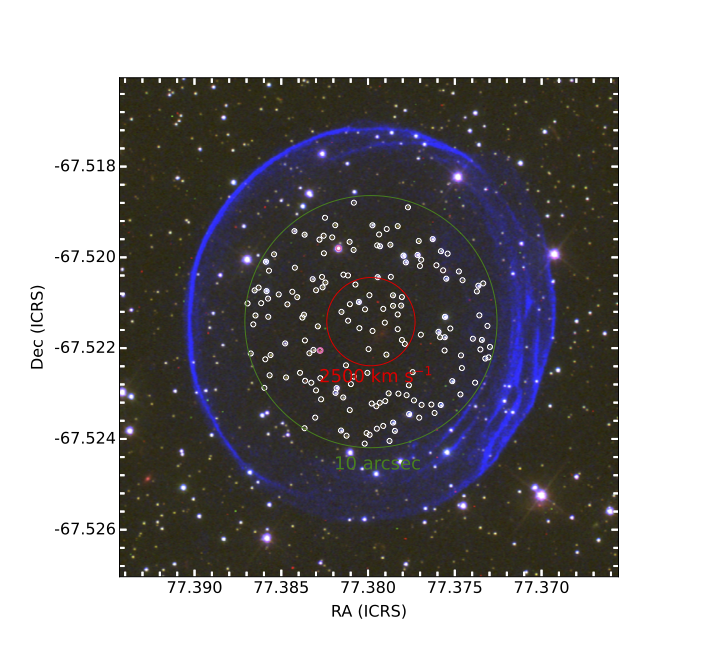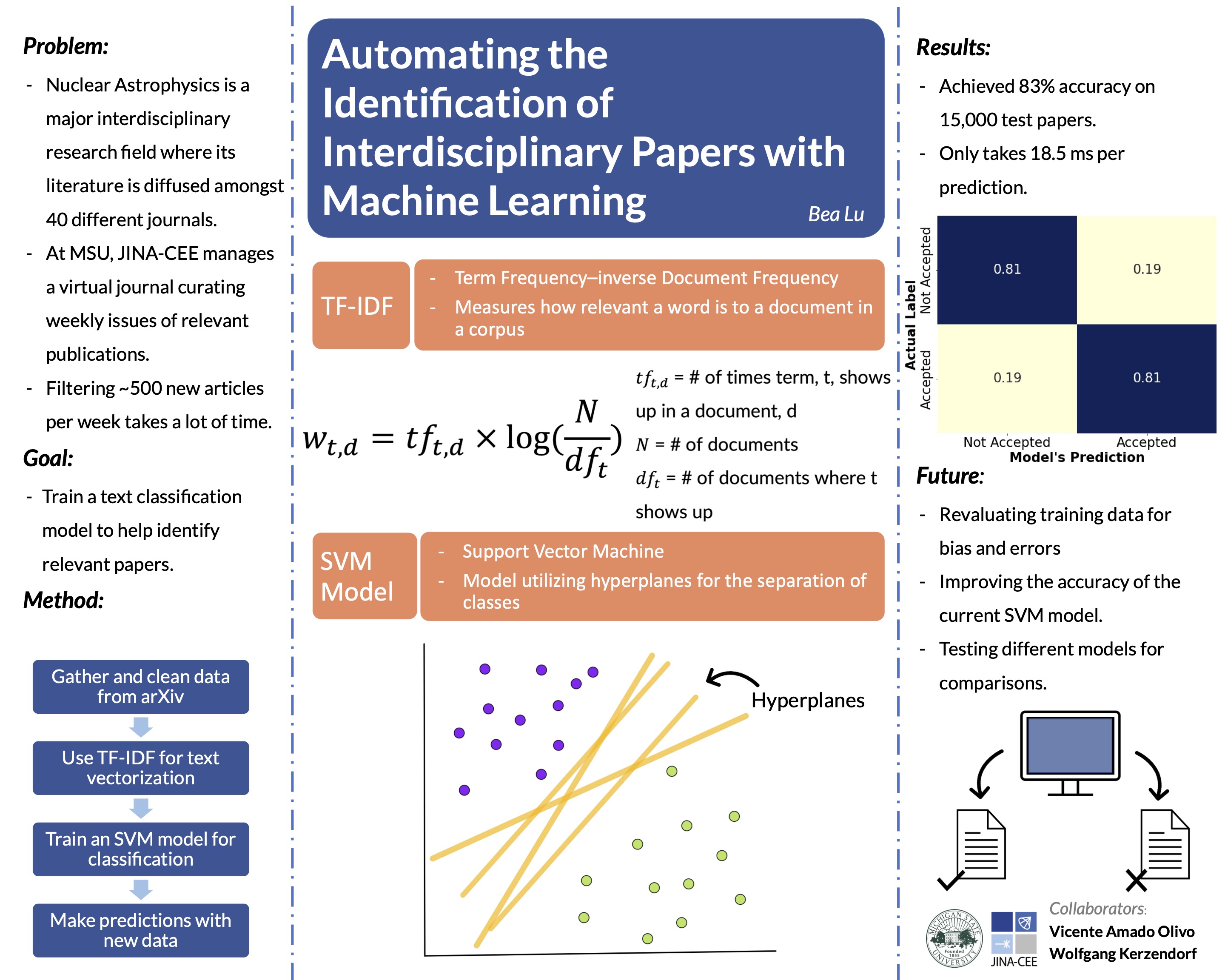

About our group
Welcome to our interdisciplinary research group at Michigan State University. Our team is composed of experts in high energy astrophysics and computational meta research, working together to unlock the secrets of the universe.
We have researchers studying various types of supernovae, with the goal of calibrating them for cosmological distance measurements and understanding cosmic nucleosynthesis. To aid in this research, we have developed the TARDIS open science tool for radiative transfer, which allows us to do astrophysical transient and stellar radiative transfer, analyze spectra, and accelerate codes using neural network based emulator models. We use advanced Bayesian statistic tools to infer parameters from the data we collect. In addition, we conduct observational campaigns to search for supernova companion stars and lead both ground and space-based telescope campaigns for various science goals. Our computational meta research focuses on peer review, using natural language processing and machine learning to improve the scientific process.
Education and mentorship are an essential part of our group culture, and we actively promote open science principles through the development of open source tools. We also participate in public outreach, including GSoC activities, to share our findings and inspire future generations of scientists.


